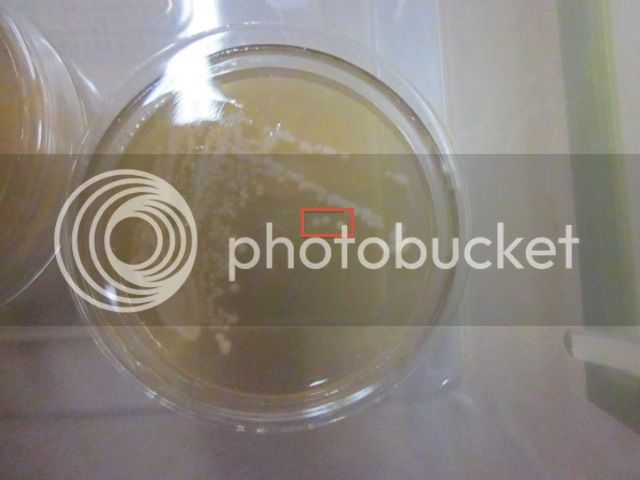- Joined
- Jul 4, 2012
- Messages
- 180
- Reaction score
- 6
So I've done several searches and read several threads, but none of them really outline how to capture/collect wild yeast and then isolate a singular strand (or isolate it from the other baddies in the air). For example, I've read https://www.homebrewtalk.com/entries/collecting-wild-yeast.html and although this seems close to what I'm talking about, the author never makes explicit instructions for isolating yeast strands. I'd imagine that letting a petri dish sit out or dropping a piece of local fruit into some wort would not really guarantee yeast purity (I understand there aren't really guarantees without a lab, per se, merely increasingly high probabilities of purity, but you know what I mean). I've also read https://www.homebrewtalk.com/f127/howto-capture-wild-yeast-101886/ in which the author basically makes a spontaneously fermented starter, then steps it up and pitches it into a full batch.
These are both interesting methods of obtaining wild yeast colonies, but the authors (at least according to my limited understanding) do not demonstrate how to completely isolate a wild, pure yeast strain.
I've certainly read https://www.homebrewtalk.com/f163/slanting-yeast-133103/ and the linked http://braukaiser.com/wiki/index.php?title=Making_Plates_Slants&printable=yes therein, but neither of those articles address wild yeast. They provide impeccable methods of isolating pure strains, but not from wild cultures.
So, given all of this background literature, I have a relatively simple question: could I capture wild yeast using one of the methods described in the first paragraph then apply isolation techniques from the last paragraph to obtain a pure strain? One hypothetical method would be to let the petri dish sit out, allow yeast colonies to form, grow one (but not necessarily pure) up to a small starter, then use an inoculation needle to streak some petri dishes. This would (I'm guessing from a purely hypothetical standpoint) allow for the separation of perhaps numerous wildly settled strains in the original petri dish by harvesting single cell colonies in the manually inoculated petri dish. Or, I could drop some wild fruit into some wort or allow the wort to sit for a week or two (the other two methods mentioned in the above articles) until I had a foaming starter, then manually inoculate a petri dish from that starter for a pure colony.
Is my methodology secure here, or is there something I'm missing? Would these methods work for obtaining pure strands of wild yeast? I simply couldn't find any start-to-finish guides for isolating pure strands of wild yeast when I searched.
These are both interesting methods of obtaining wild yeast colonies, but the authors (at least according to my limited understanding) do not demonstrate how to completely isolate a wild, pure yeast strain.
I've certainly read https://www.homebrewtalk.com/f163/slanting-yeast-133103/ and the linked http://braukaiser.com/wiki/index.php?title=Making_Plates_Slants&printable=yes therein, but neither of those articles address wild yeast. They provide impeccable methods of isolating pure strains, but not from wild cultures.
So, given all of this background literature, I have a relatively simple question: could I capture wild yeast using one of the methods described in the first paragraph then apply isolation techniques from the last paragraph to obtain a pure strain? One hypothetical method would be to let the petri dish sit out, allow yeast colonies to form, grow one (but not necessarily pure) up to a small starter, then use an inoculation needle to streak some petri dishes. This would (I'm guessing from a purely hypothetical standpoint) allow for the separation of perhaps numerous wildly settled strains in the original petri dish by harvesting single cell colonies in the manually inoculated petri dish. Or, I could drop some wild fruit into some wort or allow the wort to sit for a week or two (the other two methods mentioned in the above articles) until I had a foaming starter, then manually inoculate a petri dish from that starter for a pure colony.
Is my methodology secure here, or is there something I'm missing? Would these methods work for obtaining pure strands of wild yeast? I simply couldn't find any start-to-finish guides for isolating pure strands of wild yeast when I searched.



